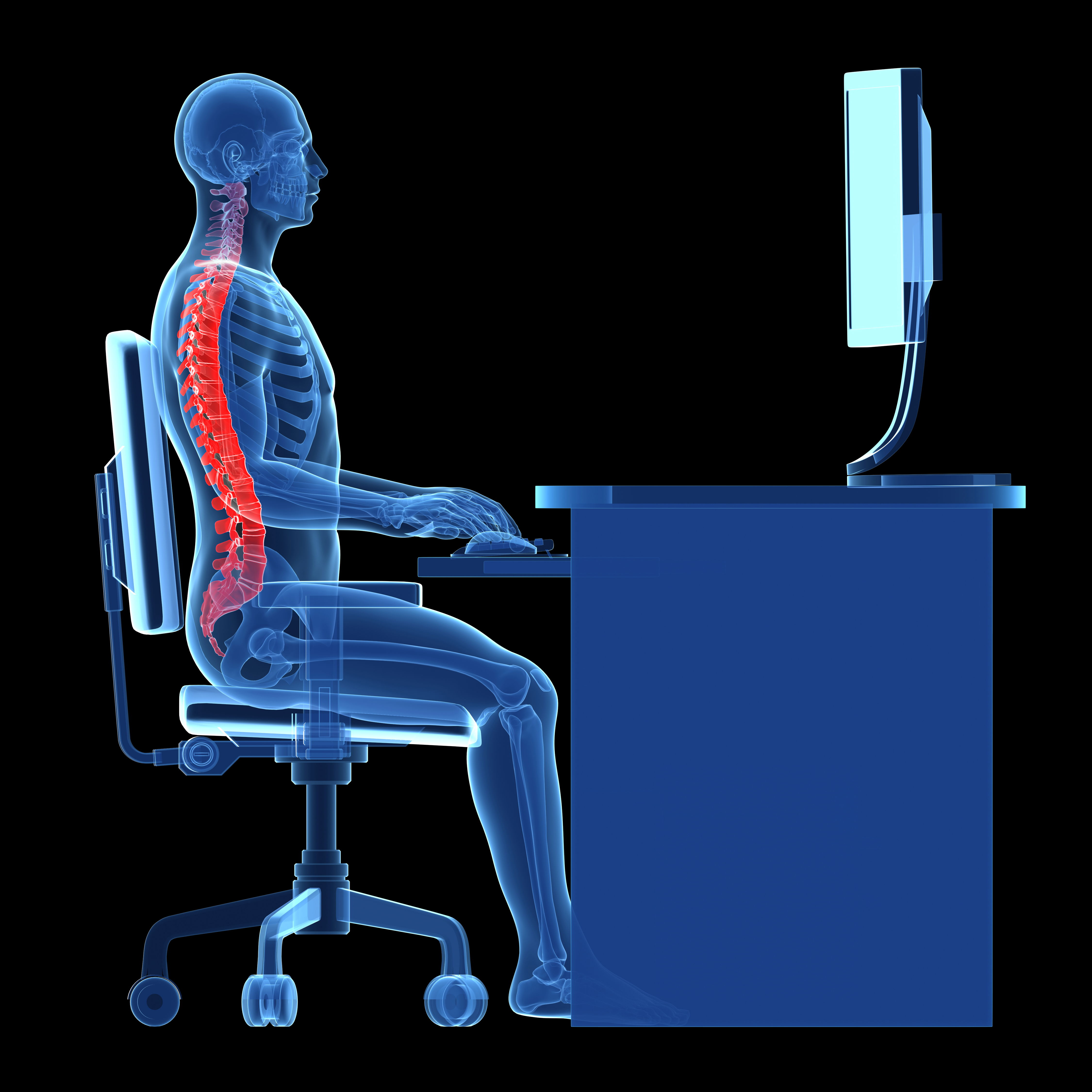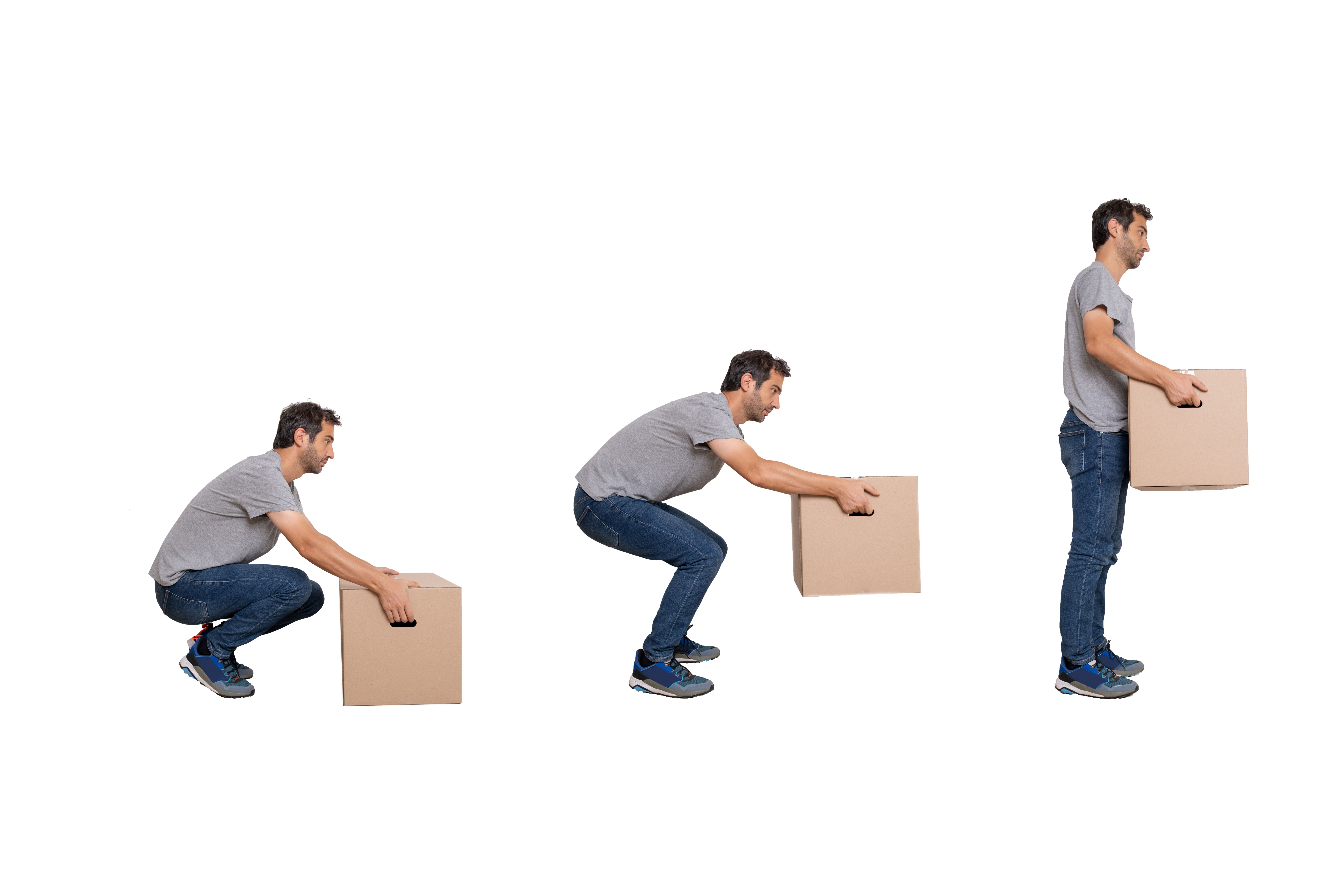Back Pain Myth #3 - these things don't help
In the first two articles in this series we looked at some common myths and misconceptions around back pain. We discussed how back pain should be regarded as a normal life event, something to be expected and something from which nearly all of us will recover. Also, when we seek medical help for our back pain we need to be wary of diagnoses based on scans which show structural changes in the spine. Bulging and herniated discs and arthritic changes in the vertebrae are just about as common in people who have no back pain as in those that do.
Today we’re going to look at some of the steps people often take to deal with their back pain which are not particularly helpful. The first of these is rest, avoidance of movement.

At first glance this seems to make sense: if something hurts when you move, then best thing to do is not move and wait for it to get better. Like you would do with a sprained ankle. But when it comes to back pain, there is very strong evidence that rest and immobility leads to “higher levels of pain, greater disability, poorer recovery and longer absence from work” and that “the longer a person stays in bed because of back pain, the worse the pain becomes”.*
Studies consistently show that resuming normal activities and keeping active are vital components of recovery from back pain. Fear of movement, while understandable, can prolong pain and even lead to persistent or chronic pain despite the healing of damaged tissue, something we are going to look at again in an future blog.
According to the evidence, even altered movement, like bending forward from the waist or tilting your pelvis under should be avoided as you recover from an episode of back pain. This is because these changes, if carried on for too long, can themselves have harmful consequences.
Another adaptation which seems to have little effect on back pain is trying to sit up straight.

There are lots of ergonomic manuals urging people to adopt a very upright sitting position at work but there is little evidence that these sorts of postures offer any more protection from back pain than slouching. Turns out, varying your posture is probably best when it comes to sitting and this includes getting up and moving around frequently if possible.
Finally, another behaviour that comes in for criticism is the avoidance of bending, lifting and twisting.

People often hurt their backs doing these things and so it seems reasonable to conclude that they are dangerous activities. But while it is true that a particularly violent or poorly supported movement can lead to injury, bending, twisting and lifting are all things we need to do as part of normal life. Our backs are strong and resilient and these movements help keep them that way.
* Mary O'Keeffe (University of Limerick), Dr Kieran O'Sullivan (University of Limerick), Dr Derek Griffin (Tralee Physiotherapy Clinic) “15 Things You Didn’t Know About Back Pain” in Independent.ie July 14, 2015